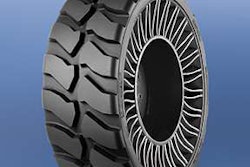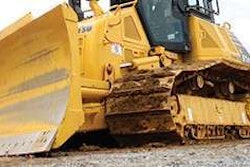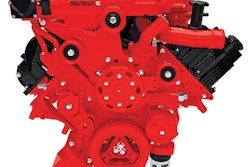The mystery is solved—in part at least.
After Big Bertha, the world’s largest tunnel-boring machine, was brought to an abrupt halt on December 6th, officials at the Washington State Department of Transportation were stumped as to what was in the way.
Now they know that the obstruction is a large steel pipe. A steel pipe they themselves put there more than 10 years ago, according to a report from the Seattle Times.
The pipe is 8 inches in diameter and 115 feet long. In addition to its large size, the other thing that makes this pipe a tough egg to crack is that it’s made of steel—a material that Bertha simply cannot chew through.
The WSDOT officials don’t yet have a plan for removing the pipe, though one possible method involves “tunnel-trained” divers working near the cutter face.
The pipe was installed by the WSDOT in 2002 to measure groundwater during studies for the very Alaskan Way Viaduct replacement project Bertha is carrying out. Bertha has dug 1,000 feet for the Washington State Route 99 tunnel beneath downtown Seattle. The new tunnel will carry a double-deck highway and stretch 1.7 miles. It will replace the SR 99 Alaskan Way Viaduct. Replacing the viaduct will cost a total of $3.1 billion. Digging the tunnel alone will cost $2 billion.
The pipe’s location was even documented in the reference materials provided to contractors bidding for the job. “I don’t want people to say WSDOT didn’t know where its own pipe was, because it did,” DOT spokesman Lars Erickson told the paper. However, the WSDOT attempted to drill through the location anyway because it presumed that the pipe had long been removed after the study was complete.
When asked why the WSDOT hadn’t mentioned the possibility of the pipe being the culprit for the last month or so, officials said they thought it was much more likely that it was a large boulder in the way.
Complications first arose in early December when metal pieces started to appear in the machine’s conveyor system. “Bertha’s rotation actually shoved a segment of pipe through the surface, prompting crews to remove a 55-foot-long piece,” according to the report. Nevertheless, the machine kept moving forward until the 6th when the team noticed the head rotating without catching soil.
WSDOT officials say they are not sure yet if any moving parts are jammed from any pieces of steel that the machine consumed.












